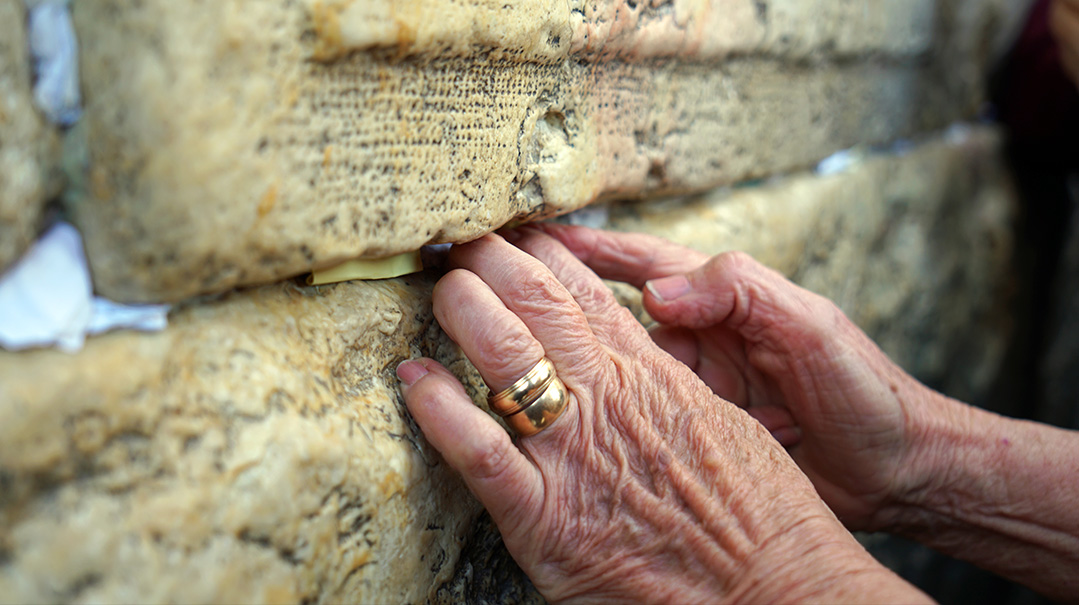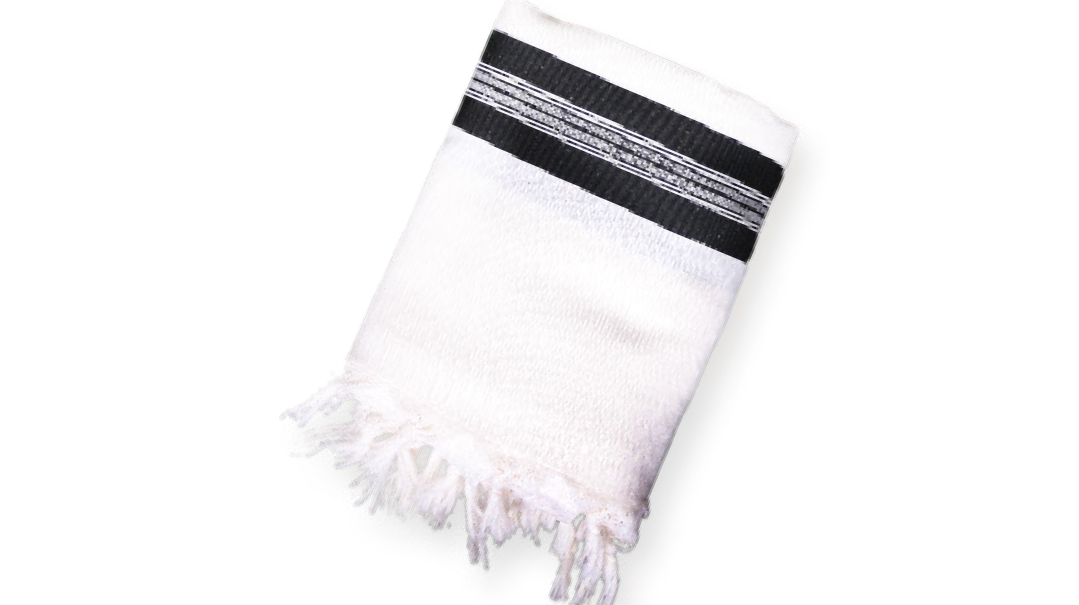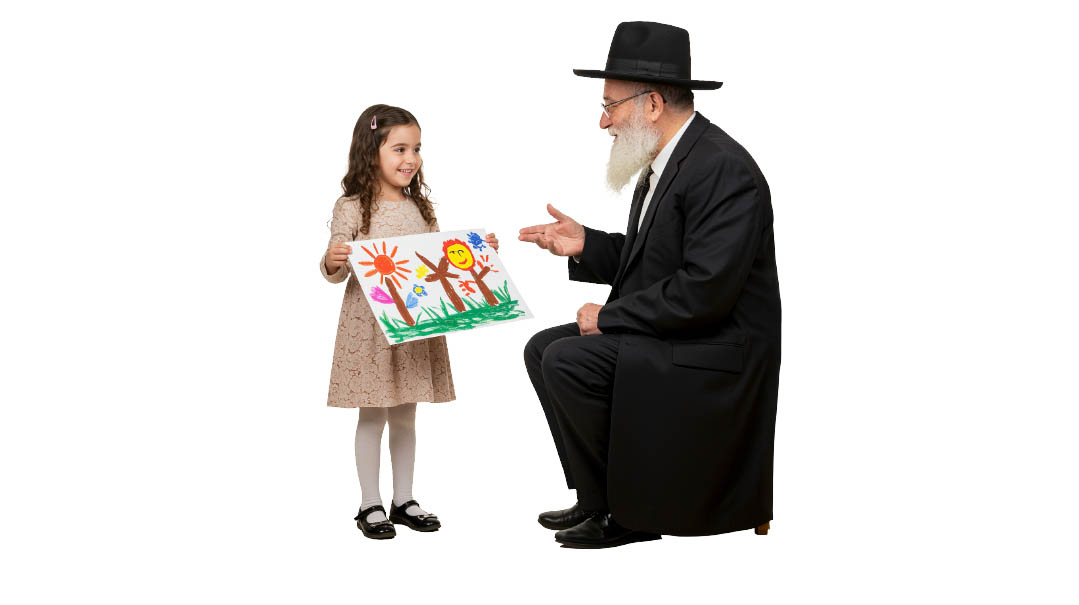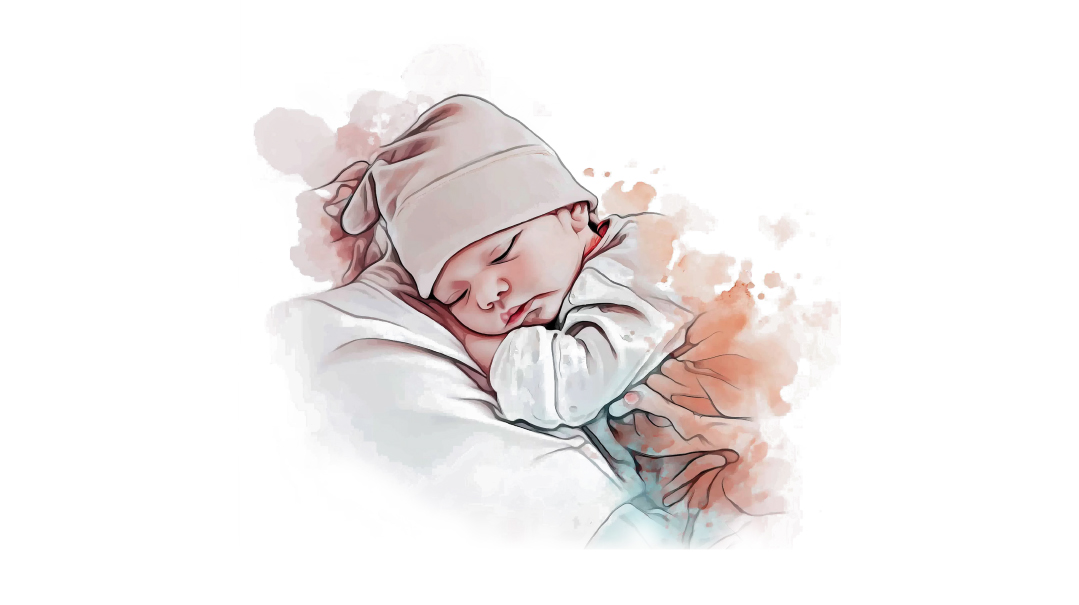Rabbanit of the Kosel

She's a fixture at the Kosel for years and years, as diminutive and as glowing as the first time I met her

As told to Rivka Streicher
W
e come every week, every Motzaei Shabbos.
When we first arrived in Eretz Yisrael, and breathed in the wonder of aliyah — us, Americans, on Israeli soil, living within walking distance of the Kosel? — we knew we couldn’t take it for granted.
And walk we do. On starry Jerusalem nights; when the air is cool and when it’s muggy; when it’s pouring cats and dogs and the tunnels overflow with blessed rainwater.
We try to make it to the Kosel every week. Not for long — just a few minutes of connection in front of His Wall to thank Him for the week that has passed and ask Him for another.
One Motzaei Shabbos, I’m taking a seat in one of the white plastic chairs when an old woman taps me on the shoulder. “Selichah, you shouldn’t be sitting like that.” She motions with her hands, overlapping them, “With your legs crossed. It’s the halachah.”
I uncross my legs, sit up straight, and watch the woman. She’s tiny, hunched over, almost swallowed by the crowd, but her face reflects the moon. Galaxies shine in her eyes. I see her approaching others, tapping them lightly on shoulders, chairs, laps, speaking her few words, safeguarding the sanctity of the Kosel. She’s a force to be reckoned with, a woman on a mission.
On subsequent Kosel trips, I start to notice her, look out for her, this short, tichel-clad, radiant woman. I see people approach her. She whispers brachos, presses coins and taffies into hands, offers firm, warm squeezes and handshakes.
In my mind, she becomes the Rabbanit of the Kosel.
Oops! We could not locate your form.







